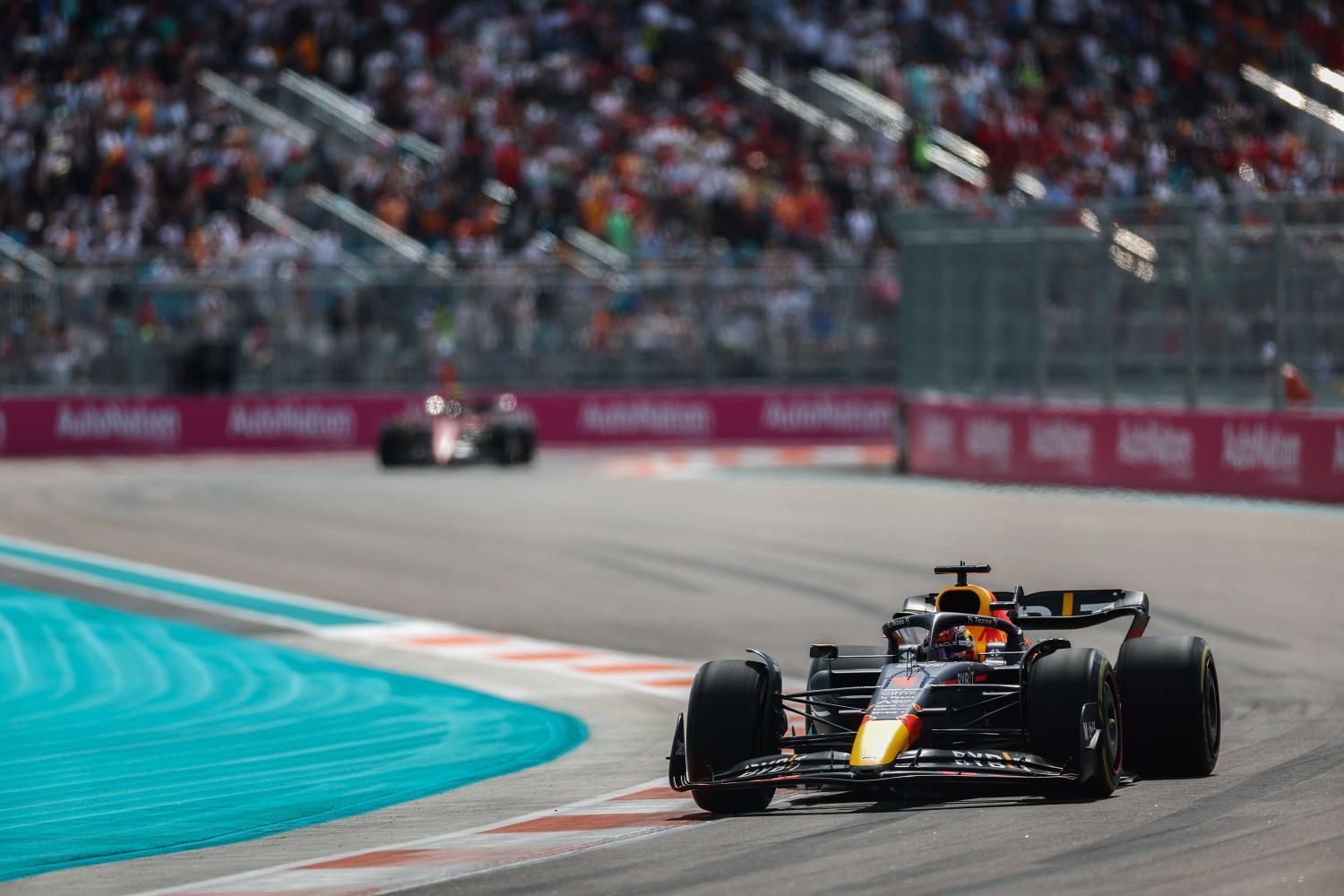
Formula One motor racing might be just the kind of noisy marketing tool luxury car makers need in the hush of the electric era.
The recent global wave of interest in the motorsport has taken even longtime fans by surprise. In the U.S., some of it has to do with a Netflix documentary called Drive to Survive, which has attracted a younger and more diverse audience. In China, the rise of a homebred star in 23-year-old Alfa Romeo driver Zhou Guanyu has helped rev up interest.
John Malone's Liberty Media bought Formula One in 2017 for $4.4 billion from British billionaire Bernie Ecclestone, who over four decades built up a portfolio of rights to organize, broadcast and sponsor the sport's Grand Prix races.
As Liberty Formula One, one of Liberty Media's three "tracking stocks," the valuation has ballooned to $12.6 billion.
Liberty had a bit of luck with the unexpected popularity of the Netflix show, but it has also done its own work to broaden the sport's appeal. The first-ever Miami Grand Prix last month showcased the buzz.
As sports viewers have latched on, so have car makers. Volkswagen Group chief executive officer Herbert Diess last month said its Porsche and Audi subsidiaries would join beginning in 2026, though both brands stress that no final decision has been made.
British sports-car maker Aston Martin, whose team uses Mercedes-Benz engines, has said it is considering developing its own ones for the same year. Currently, only Mercedes, Ferrari, Renault and Honda make Formula One engines, with the Japanese manufacturer in the process of pulling out.
The 2026 season is when a meaningful change in engine rules takes effect.
The details haven't been finalized, but the principle is that the sport should be greener and simpler, thus lowering the bar for new players, while preserving the noisy spectacle fans enjoy.
Today's six-cylinder internal combustion engines will stay, but a complex module that converts wasted heat into electrical energy will go.
To compensate, a second hybrid-electric unit that recycles power from the brakes in today's setup will be amped up. Crucially, teams will also need to fill their tanks with lower-carbon synthetic fuels.
The sharpening focus on environmental sustainability helps explain how Mr. Diess can commit enthusiastically to climate goals while also approving investments in earsplitting motorsports engines.
The existing all-electric championship Formula E hasn't had the same broad appeal: Mercedes, BMW and Audi all pulled out last year.
The three or so years Porsche, Audi and Aston Martin need to prepare engines for racing make the point that Formula One is not a light undertaking for car makers. Toyota infamously blew billions of dollars in the 2000s with little success to show for it.
But the sport is less expensive than it used to be. The new engine rules will help, but the big stepchange was the introduction of team spending caps in 2021.
This year, participants will be limited to a headline budget of $140 million each, excluding some costs such as driver pay. The comparison is not precise, but Mercedes spent more than $450 million overall in 2020.
The richer teams are now lobbying for the cap to be lifted to account for unexpectedly high inflation in costs such as freight, but wherever it ends up the pay required to play will be much lower than in the past.
This makes it easier for newcomers to make their return on investment calculations add up. It has also helped to silence those who considered even the most successful Formula One teams an executive vanity project.
A few years ago analysts regularly asked Mercedes and Ferrari whether investors were getting value for money. Such questions are rare now.
The value Formula One offers depends on what manufacturers are selling. Brands that major in performance and speed are good fits, mass-market ones less so.
That helps explain why Honda has given up, and why Renault last year shifted its team under the umbrella of its more exclusive Alpine marque.
The Detroit manufacturers are likely too focused on pickup trucks and sport-utility vehicles to get involved, even with more Americans watching Formula One.
As for electric vehicles, the auto industry's technology transition is likely shrinking the synergies that once existed between motorsports and making passenger cars.
Set against that, though, luxury brands may need the emotional marketing provided by sports more than ever -- even to sell EVs.
For example, Mercedes has a goal to be 100% electric in 2030 where market conditions allow, yet it is also trying to leverage its racing heritage to add some extra magic and margin to its brand. It invited its star Formula One drivers Lewis Hamilton and George Russell to a recent investor day near Nice, where the Mercedes name was born on the track in 1901.
The irony is that EVs could flatten traditional performance differences between brands. Many upscale car makes grew up near the Alps in southern Germany or northern Italy, with engines tailored to mountain curves.
How will they maintain their prestige when even basic EVs can match their acceleration? Formula One's growing marketing muscle offers nervous European manufacturers an answer.







